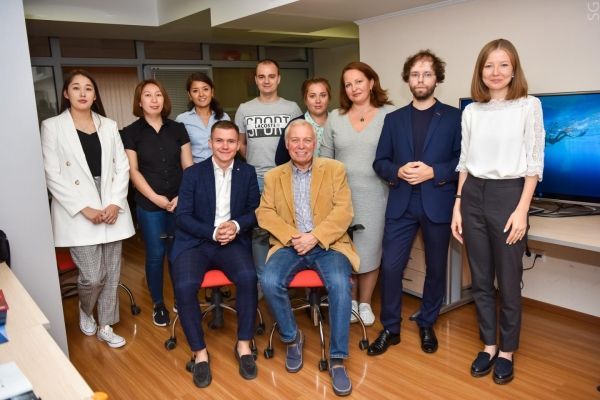Scientists from NUST MISIS developed a unique composite material that can be used in harsh temperature conditions, such as those in nuclear reactors. The microhardness of the sandwich material is 3 times higher compared to the microhardness of its individual components. These properties withstand temperatures up to 700°С. The results of the research are published in Materials Letters.
To create a new generation of fast-neutron reactors, new structural materials are needed, because the steel, which is considered for use in the shells of fuel elements, is unable to withstand the required heating of 550-700°C.
One of the ways to obtain harder materials is creation of composites by methods of severe plastic deformation (SPD), that is, deformation in special machines under high pressure. As a result, composite materials that are harder than their individual components are obtained. At the same time, smaller, nanocrystalline structure is formed in the material, demonstrating rapid grain growth when heated. Hence, such materials have low thermal stability and lose microhardness when heated.
Scientists from NUST MISIS Laboratory for Hybrid Nanostructured Materials found a way to increase both the microhardness and the thermal stability of the composite material. For this, scientists used one of SPD methods, i.e. high-pressure torsion (HPT), which allowed creating a specific multilayer structure with vanadium alloy.
Read more at: National University of Science and Technology MISIS
This is the team of the NUST MISIS Laboratory for Hybrid Nanostructured Materials. (Photo Credit: © Sergey Gnuskov/NUST MISIS)


